Filter by
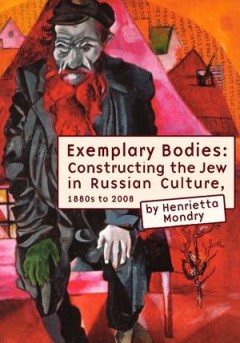
Exemplary Bodies Constructing the Jew in Russian Culture, 1880s to 2008
Exemplary Bodies: Constructing the Jew in Russian Culture, 1880s to 2008 explores the construction of the Jew’s physical and ontological body in Russian culture as represented in literature, film, and non-literary texts from the 1880s to the present. With the rise of the dominance of biological and racialist discourse in the 1880s, the depiction of Jewish characters in Russian literary and cu…
- Edition
- -
- ISBN/ISSN
- 9781934843390
- Collation
- -
- Series Title
- -
- Call Number
- -

Pyrrhonian Skepticism in Diogenes Laertius
This volume offers the first bilingual edition of a major text in the history of epistemology, Diogenes Laertius's report on Pyrrho and Timon in his Lives of Eminent Philosophers. Leading experts contribute a philosophical introduction, translation, commentary, and scholarly essays on the nature of Diogenes's report as well as core questions in recent research on skepticism.
- Edition
- -
- ISBN/ISSN
- 9783161533365
- Collation
- -
- Series Title
- -
- Call Number
- -
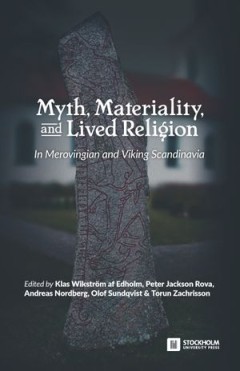
Myth, Materiality, and Lived Religion
"The authors of the present volume, Myth, Materiality, and Lived Religion, focus on the material dimension of Old Norse mythology and the role played by myths in everyday life. More broadly expressed, the collection looks at the social, ceremonial and material contexts of myths. This topic has been underexplored in previous research on Old Norse myths, despite its important theoretical implicat…
- Edition
- -
- ISBN/ISSN
- 9789176350966
- Collation
- -
- Series Title
- -
- Call Number
- -
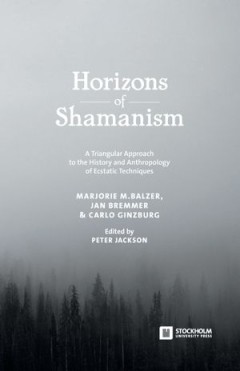
Horizons of Shamanism a Triangular Approach To The History and Anthropology …
The multifarious and sometimes contested concept of “shamanism” has aroused intense popular and scholarly interest since its initial coinage by the Russian scholar V. M. Mikhailovsky in the late 19th century. In this book, three leading scholars, representing different branches of the humanities, dwell on the current status of shamanic practices and conceptions of the soul, both as ‘etic�…
- Edition
- -
- ISBN/ISSN
- 9789176350270
- Collation
- -
- Series Title
- -
- Call Number
- -
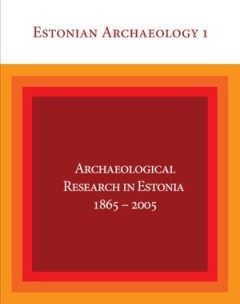
Archaeological Research in Estonia 1865–2005
This volume is dedicated to the historiography and analysis of the present state of Estonian archaeology. Part I (articles by Valter Lang and Marge Konsa) provides a review of the general development of archaeological research in Estonia from the 19th century to the beginning of the 21st century, focusing on institutional changes and advances in theoretical thinking and approaches. Part II incl…
- Edition
- -
- ISBN/ISSN
- 9789949112333
- Collation
- -
- Series Title
- -
- Call Number
- -
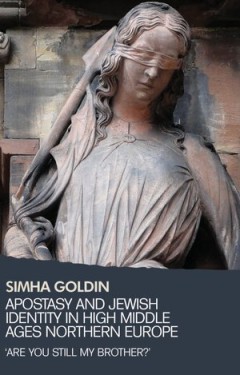
Apostasy and Jewish identity in High Middle Ages Northern Europe 'Are You St…
The attitude of Jews living in the medieval Christian world to Jews who converted to Christianity or to Christians seeking to join the Jewish faith reflects the central traits that make up Jewish self-identification. The Jews saw themselves as a unique group chosen by God, who expected them to play a specific and unique role in the world. This study researches fully for the first time the vario…
- Edition
- -
- ISBN/ISSN
- 9780719095771
- Collation
- -
- Series Title
- -
- Call Number
- -

Christianity, Book-Burning and Censorship in Late Antiquity Studies in Text …
It is estimated that only a small fraction, less than 1 per cent, of ancient literature has survived to the present day. The role of Christian authorities in the active suppression and destruction of books in Late Antiquity has received surprisingly little sustained consideration by academics. In an approach that presents evidence for the role played by Christian institutions, writers and saint…
- Edition
- -
- ISBN/ISSN
- 9783110484458
- Collation
- -
- Series Title
- -
- Call Number
- -
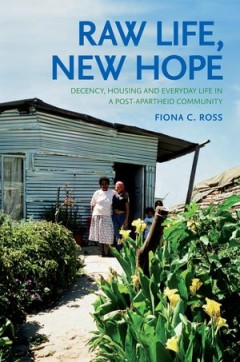
Raw Life, New Hope: Decency, Housing and Everyday Life in a Post-Apartheid Co…
The Cape Flats, a windswept, barren and sandy area which rings Cape Town, is home to more than a million people. Many live here in sprawling shack settlements. The post-apartheid state is attempting to eradicate such settlements by providing formal houses in planned residential estates. Raw Life, New Hope is a longitudinal study of the residents of one such shack settlement, The Park, who moved…
- Edition
- -
- ISBN/ISSN
- 9781919895277
- Collation
- -
- Series Title
- -
- Call Number
- 301 ROS r
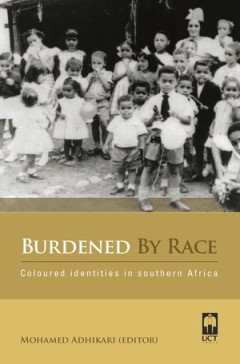
Burdened By Race: Coloured Identities in Southern Africa
Since its emergence in the late 19th century, coloured identity has been pivotal to racial thinking in southern Africa. The nature of colouredness is a highly emotive and controversial issue as it embodies many of the racial antagonisms, ambiguities and derogations prevalent in the subcontinent. Throughout their existence coloured communities have had to contend with being marginal minorities s…
- Edition
- -
- ISBN/ISSN
- 9781919895147
- Collation
- -
- Series Title
- -
- Call Number
- 301 BUR b
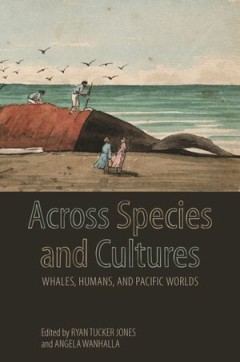
Across species and cultures (EPUB): Whales, Humans, and Pacific Worlds
More than any other locale, the Pacific Ocean has been the meeting place between humans and whales. From Indigenous Pacific peoples who built lives and cosmologies around whales, to Euro-American whalers who descended upon the Pacific during the nineteenth century, and to the new forms of human-cetacean partnerships that have emerged from the late twentieth century, the relationship between the…
- Edition
- -
- ISBN/ISSN
- 9780824892142
- Collation
- -
- Series Title
- -
- Call Number
- 301 ACR a
 Computer Science, Information & General Works
Computer Science, Information & General Works  Philosophy & Psychology
Philosophy & Psychology  Religion
Religion  Social Sciences
Social Sciences  Language
Language  Pure Science
Pure Science  Applied Sciences
Applied Sciences  Art & Recreation
Art & Recreation  Literature
Literature  History & Geography
History & Geography